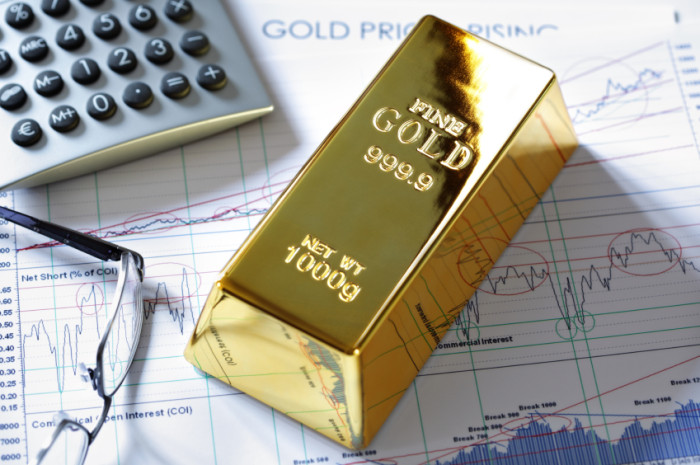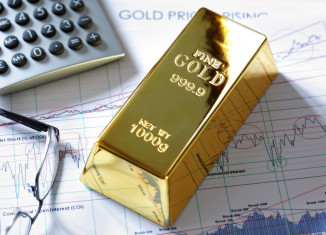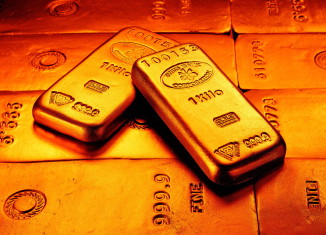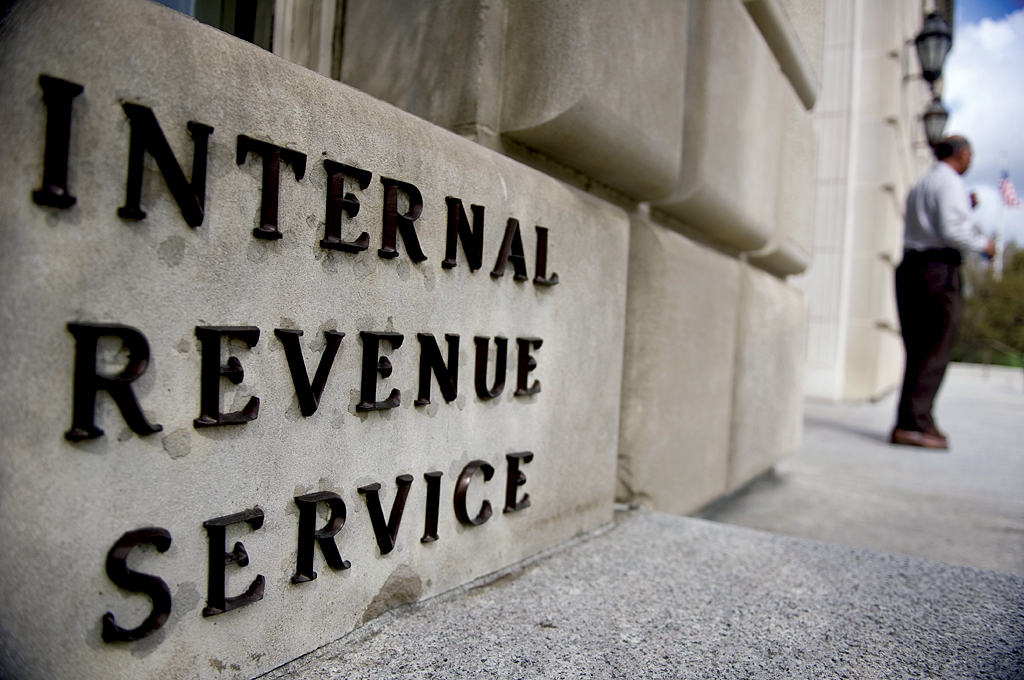The Risks Of Investing In Gold (Must Read)

Gold (and other precious metals such as Silver, Palladium and Platinum) is protection, insurance against inflation, currency corruption, and global uncertainty. But with that said, there are ways that you can lose money with gold. Please read this guide before you invest in gold or other precious metals.
Gold is an investment
- Gold fluctuates in price just like other assets. There are periods of time when gold is “expensive” in relation to the U.S. dollar. If you buy gold when it is selling at a high price and then sells it at a lower price, you will, of course, lose money.
- There is an “opportunity cost” to owning gold as it does not pay interest as bonds, or money market accounts, or savings accounts do. Nor does gold pay a dividend the way many stocks do. Instead, it just “sits there” neither earning interest nor paying a dividend. If an investor owns gold during a period of time when it is not gaining in value (or worse is losing value), the investor will have lost out on the opportunity to earn income from having invested in an alternative asset.
- When an investor purchases gold, attention needs to be given to how the gold will be safely stored. Storing gold coins in your house is not safe. Some investors use safe deposit boxes (available at some banks) to store gold. Other investors purchase gold in a manner that does not require taking delivery on the gold. Gold IRA companies, for instance, enables the purchase of gold without having to take possession of it as the gold is stored for its owner.
Influencing factors
1) How Supply And Demand Affects Gold Price
Like most commodities, the price of gold is driven by supply and demand including demand for speculation. However unlike most other commodities, saving and disposal plays a larger role in affecting its price than its consumption. Most of the gold ever mined still exists in accessible form, such as bullion and mass-produced jewelry, with little value over its fine weight — and is thus potentially able to come back onto the gold market for the right price.
At the end of 2006, it was estimated that all the gold ever mined totalled 158,000 tonnes. Given the huge quantity of gold stored above-ground compared to the annual production, the price of gold is mainly affected by changes in sentiment (demand), rather than changes in annual production (supply). According to the World Gold Council, annual mine production of gold over the last few years has been close to 2,500 tonnes.] About 2,000 tonnes goes into jewelry or industrial/dental production, and around 500 tonnes goes to retail investors and exchange traded gold funds.
2) How Central banks affects Gold Price
Central banks and the International Monetary Fund play an important role in the gold price. At the end of 2004 Central Banks and official organizations held 19 percent of all above-ground gold as official gold reserves.
The ten-year Washington Agreement on Gold (WAG), which dates from September 1999, limits gold sales by its members (Europe, United States, Japan, Australia, Bank for International Settlements and the International Monetary Fund) to less than 500 tonnes a year. European central banks, such as the Bank of England and Swiss National Bank, were key sellers of gold over this period. In 2009, this agreement was extended for a further five years, but with a smaller annual sales limit of 400 tonnes.
Although central banks do not generally announce gold purchases in advance, some, such as Russia, have expressed interest in growing their gold reserves again as of late 2005. In early 2006, China, which only holds 1.3% of its reserves in gold, announced that it was looking for ways to improve the returns on its official reserves. Some bulls hope that this signals that China might reposition more of its holdings into gold in line with other Central Banks. Chinese investors began pursuing investment in gold as an alternative to investment in the Euro after the beginning of the Eurozone crisis in 2011. It has since become the world’s top gold consumer as of 2013. India has recently purchased over 200 tons of gold which has led to a surge in prices.
It is generally accepted that the price of gold is closely related to interest rates. As interest rates rise the general tendency is for the gold price, which earns no interest, to fall, and as rates dip, for gold price to rise. As a result, gold price can be closely correlated to central banks via the monetary policy decisions made by them related to interest rates. For example — if market signals indicate the possibility of prolonged inflation, central banks may decide to enact policies such as a hike in interest rates that could affect the price of gold in order to quell the inflation. An opposite reaction to this general principle can be seen after the European Central bank raised its interest rate on April 7, 2011 for the first time since 2008. The price of gold responded with a muted response and then drove higher to hit new highs one day later. A similar situation happened in India: In August 2011 when the interest rate were at their highest in two years, the gold prices peaked as well.
3) Hedge against financial stress
As previously mentioned gold (and other precious metals) may be used as a hedge against inflation or currency devaluation. Joe Foster, portfolio manager of the New York-based Van Eck International Gold Fund, explained in September 2010:
The currencies of all the major countries, including ours, are under severe pressure because of massive government deficits. The more money that is pumped into these economies – the printing of money basically – then the less valuable the currencies become.
If the returns on bonds, equities and real estate do not adequately compensate for risk and inflation, then the demand for gold, and other alternative investments (such as commodities) increases. An example of this is the period of stagflation that occurred during the 1970s, which led to an economic bubble forming around investment in precious metals. As such, many experts have come to view gold as a form of portfolio insurance. However, after a period of financial stress, such as the Great Recession, eases conventional investments become more attractive, and gold values may fall.
4) How Jewelry and industrial demand affects the price of gold
Jewelry consistently accounts for 70%+ of annual gold demand. India is the largest consumer in volume terms, accounting for 27% of demand in 2009, followed by China and the USA.
Industrial, dental and medical uses account for around 12% of gold demand. Gold has high thermal and electrical conductivity properties, along with a high resistance to corrosion and bacterial colonization. Jewelry and industrial demand has fluctuated over the past few years due to the steady expansion in emerging markets of middle classes aspiring to Western lifestyles, offset by the financial crisis of 2007–2010.
5) Short selling
Short selling of gold can be done in either futures markets or physical markets and negative delta positions can be taken in many other derivatives. Trading in futures markets is an important driver of gold prices and this has led to repeated claims of market manipulation, mostly by people who believe that gold prices have been artificially suppressed. These claims center largely around naked short selling, a term usually used for an often abusive practice of shorting stocks without first locating a source to borrow the stocks from. It is not usually used in the context of futures trading for any non-precious metal commodity as a very large percentage of futures trading in any commodity is done by speculators who have no ability or intention to deliver the commodity but intend on closing their positions prior to contract expiration.









